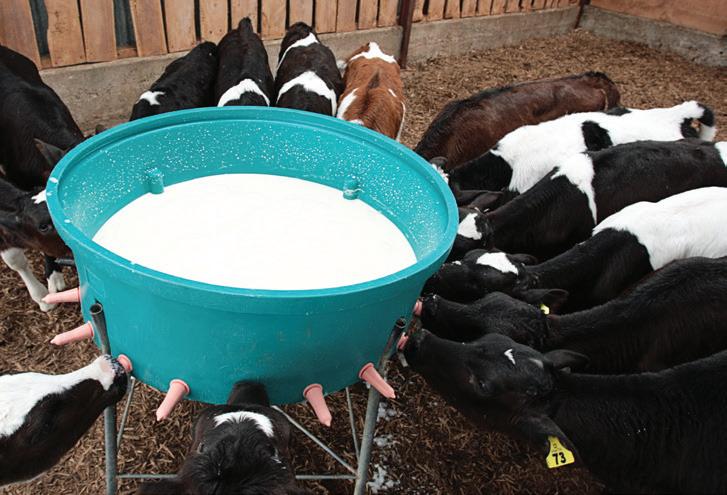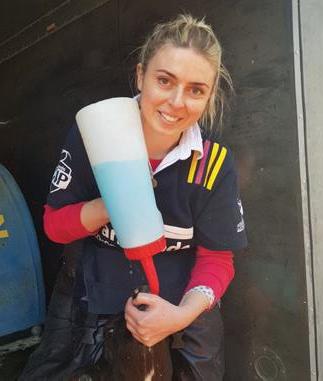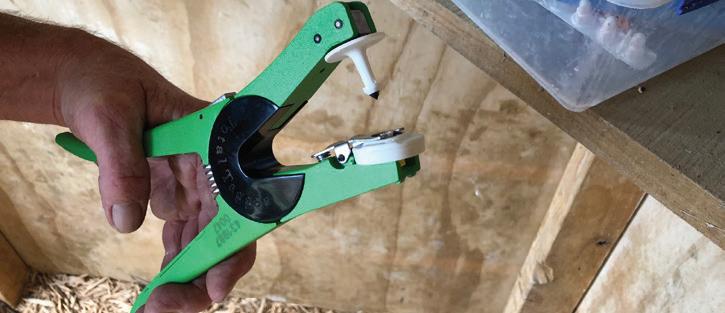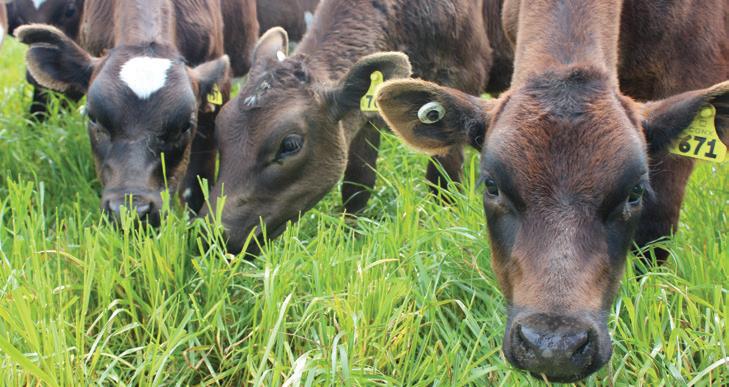Colostrum It is crucial that calves receive high quality colostrum on their first day of life- preferably within the first 6 - 12 hours after birth. Because calves are born without having their own protective or ‘active immunity’, they have a high risk of infection until this develops with age. Calves that do not receive adequate immunity in the crucial period in early life will be on the back foot from day one and may be more likely to get sick and have poor growth. Colostrum is important for new born calves as it contains high levels of immunoglobulins (IgG), otherwise known as antibodies. These are large protein molecules that are absorbed by the immature gut and provide passive immunity to help calves fight off infections for the first month of life and partially up to 6 months of age, while the immune system of the calf develops. There are 3 Qs to remember when it comes to colostrum. Get all your 3 Qs right and you will have calves in a good position to fight off the health challenges they may be exposed to in the first few months of life.
1. Quickly It is crucial to get sufficient levels of colostrum into calves quickly in the first day of life, as after this the gut begins to lose the ability to absorb the IgG. After 24 hours, only a small percentage of the antibodies will reach the calf’s blood stream due to this declining ability of the gut to absorb them. It is best to feed colostrum within the first hour of birth and feed the total quantity of colostrum they require within 6–8 hours of birth to ensure highest absorption of IgG.
It is important to remove calves from cows as soon as possible after birth to ensure colostrum is received quickly — do not rely on calves getting colostrum from their mothers following calving, always assume they have not received any.
2. Quantity The quantity of colostrum consumed by calves is crucial. Calves must consume enough colostrum in order to absorb enough IgG. However, quantity is closely linked to colostrum quality and more of a lower quality colostrum needs to be fed in order to satisfy IgG requirements. Typically, the total volume of colostrum required is 10% of birth weight, so larger calves will need more colostrum than smaller calves. Recommended levels of colostrum are dependent on IgG levels and it is recommended that calves receive a minimum of 200 grams of IgG per calf within 6–8 hours of birth. Stomach tube calves if required in order to reach required volume.
3. Quality Quality is another extremely important factor when it comes to colostrum. High quality colostrum will have a higher concentration of IgG and therefore calves will absorb more immunoglobulins when it’s consumed. With very poor quality colostrum that has low IgG levels, calves can often not drink enough colostrum to satisfy their IgG requirements. Ideally, colostrum should have an IgG level higher than 50g/L and have low bacterial count. Colostrum is best fed at body temperature (39°C) to ensure optimum IgG absorption.













